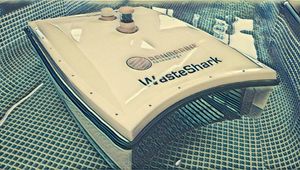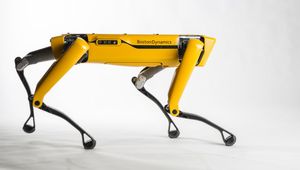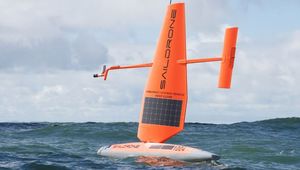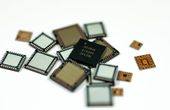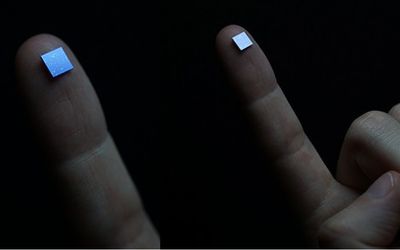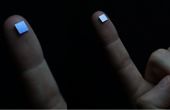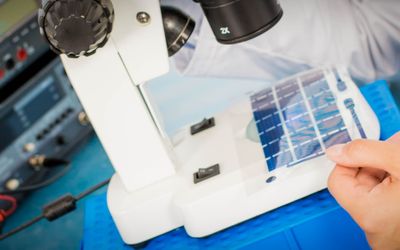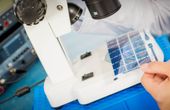Microchip Technology PIC32CXMTC-DB Demonstration Board
A system-on-chip solution built around dual 32-bit Arm Cortex - M4F processors, used to evaluate the PIC32CXMTC Series.
Technical Specifications
| Product Type | Development Boards & Kits - ARM |
| Interface Type | SPI, UART, USB |
| Core | ARM Cortex-M4F |
| Operating Temperature | - 40 C to + 85 C |
| Relative Humidity | 0 to 85% (non-condensing) |
| Operating Supply Voltage | 12 |
| Applications | Residential smart metering, Industrial automation, Internet of Things, Medical devices, Automotive |
Overview
Evaluation of PIC32CXMTC Series is done using Microchip Technology PIC32CXMTC-DB Demonstration Board. This system-on-chip is based on two 32-bit Arm Cortex-M4F processors and is designed to work with home smart meters. The metrology library runs in Core 1 up to 240 MHz, whereas the user application operates in Core 0 at a maximum frequency of 200 MHz. The dual Arm Cortex-M4F architecture combines the application layer, communication layers, and metrology tasks into a single device. Three voltage sense channels and four current sense channels comprise the Poly-phase (ATSENSE-301) Energy Metering Analog Front End on the board. Shunt current sensors, Rogowski coils, and current transformers can all be connected to current channels. Users can connect this demonstration board to communication devices like PLC and/or RF modules.
Microchip Technology PIC32CXMTC-DB Demonstration Board Interfaces
Microchip Technology PIC32CXMTC-DB Demonstration Board is an ANSI C12-20 compatible Opto-Port interface with an isolated UART interface via USB bridge. It has isolated access to metering pulses (Wh, VARh, and A2h) through an isolated interface or an opto-port.
There is an interface for Xplained PRO boards with XPRO Power Header and mikroBUSTM standard add-on boards (such as ATREB215-XPRO and PL460-EK). PIC32CXMTC-DB also has an extension connector for external AFE connection, such as MCP3910 Custom Liquid Crystal Display designed for Microchip metering platform.
Microchip Technology PIC32CXMTC-DB Demonstration Board Features
Microchip Technology PIC32CXMTC-DB Demonstration Board is equipped with a Dual Arm Cortex-M4F core. The board has a three-phase AFE ATSENSE301 with network divider and filters (3 voltages and 4 currents). The measurement range for voltage is 90 Vac to 264 Vac. By disconnecting the power supply, the voltage can be increased to 291 Vac. The measurement of the current range relies on the current sensor used and the way internal PGAs are set up.
For a current transformer (CT), shunt, or Rogowski coil sensor, the current sensor input channels are pre-populated with 3.24 load resistors. A battery-backed real-time clock and power supply monitor are also present. A 64 Mbit Quad IO SPI Flash memory is included for meter data storage and software updates.
The PIC32CXMTC-DB board can be powered on in two different ways. It can be done by connecting an external DC power supply to the J3 connector or by connecting an external AC power source to the J1 connector to power the onboard AC power supply. The operating temperature of the board is -40°C to +85°C1, with a relative humidity of 0 to 85% (non-condensing). PIC32CXMTC-DB is RoHS 3 Compliant. The board dimension (192 mm × 161 mm × 25 mm) is compact enough to carry it swiftly.
Getting Started with PIC32CXMTC-DB Demonstration Board
PIC32CXMTC-DB is enclosed in a polycarbonate UL 94 V-0 case. The enclosure is opened using a screwdriver to gain access to the board. The board is mounted on a panel over the base. To remove the board from the enclosure, users need to remove it from the PCB spacers. The transparent lid allows monitoring of the LCD display and output LEDs while the enclosure is closed.
The PIC32CXMTC-DB powers the board and launches the pre-programmed Microchip Demo Meter program. It is unnecessary to open the enclosure to connect the USB cable to J16 or the AC/DC wall adapter to J3. However, opening the enclosure to connect an AC power source (mains grid) to the J1 connector is essential. After making the connections before connecting it to the mains, the enclosure must be sealed.
Applications
Microchip Technology PIC32CXMTC-DB Demonstration Board is perfect for applications including the Internet of Things (IoT), building automation, industrial automation, home automation, and smart grid. Some other applications include automotive, renewable energy, medical devices, and residential smart metering.
Where to find it

Mouser Electronics
Mouser Electronics is a worldwide leading authorized distributor of semiconductors and electronic components.
References
Recommended Specs
Continue Reading
Thin film deposition is a process used to create thin film coatings on different materials. Thin films can consist of metal, semiconductors, and dielectrics, providing them with different properties. These properties translate to benefits such as electrical insulation, optical transmission, and corrosion resistance, that can be used to improve substrate performance. This article explores the processes of thin film deposition, along with its types, parameters, benefits, drawbacks, and applications.
